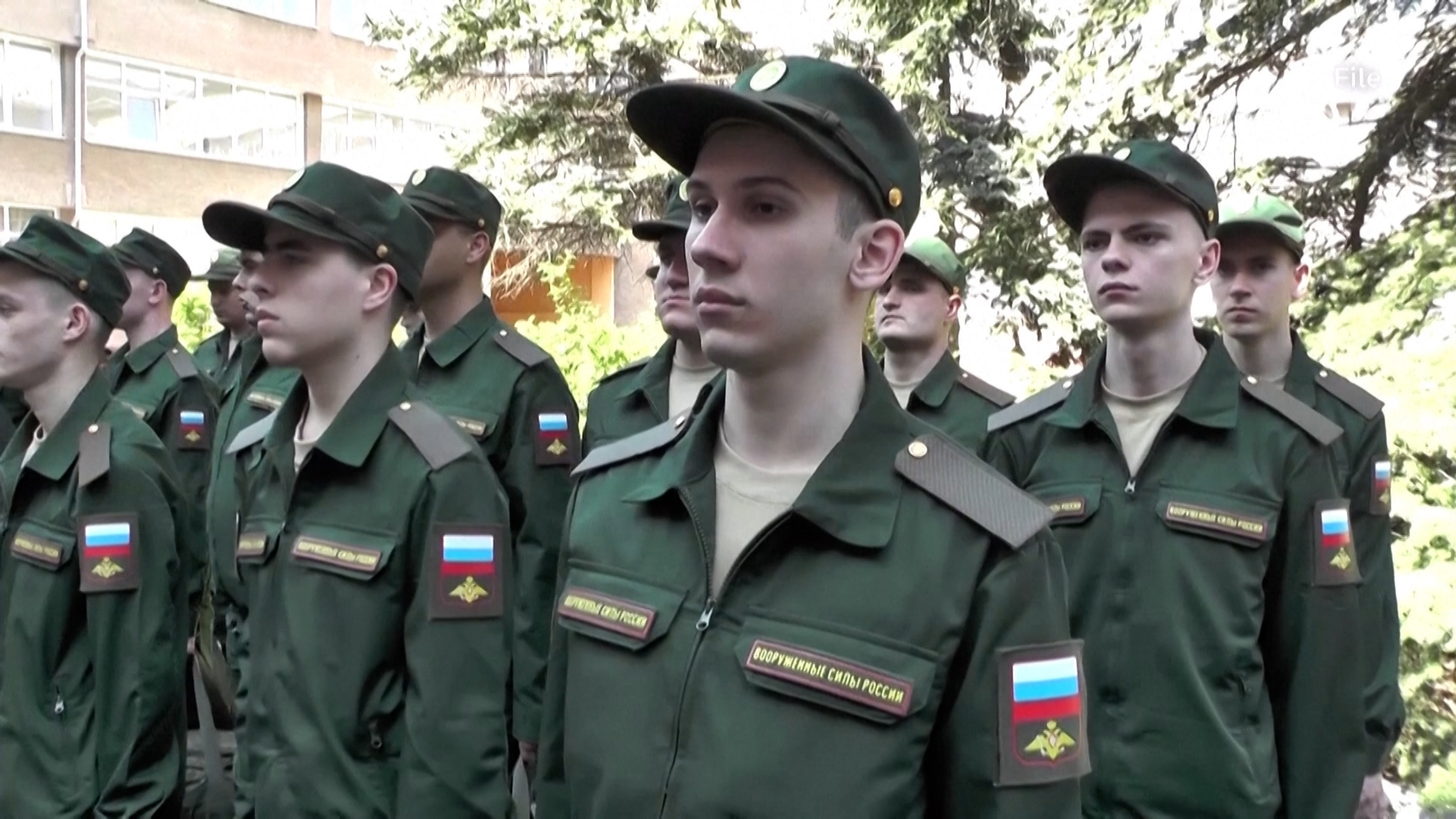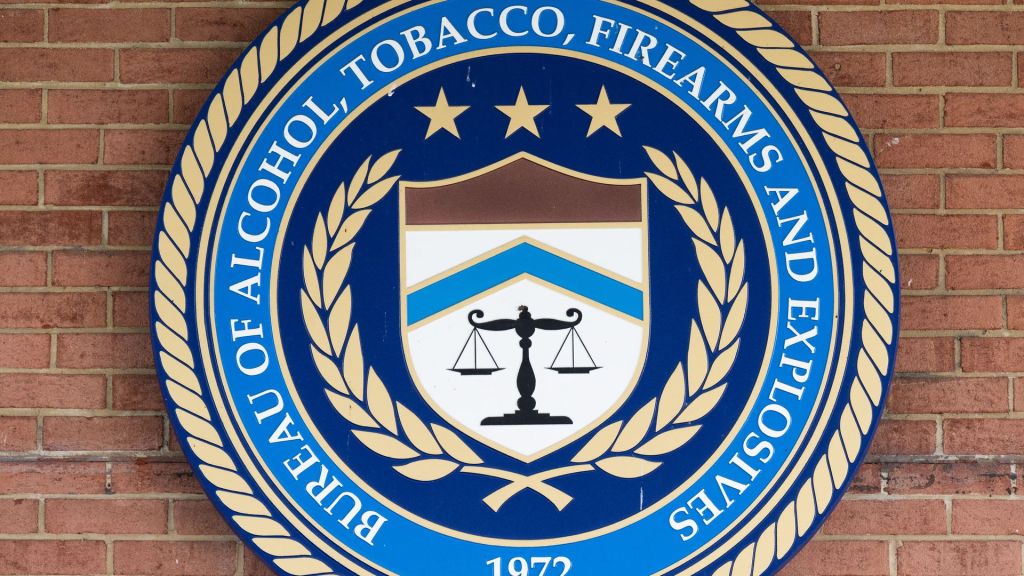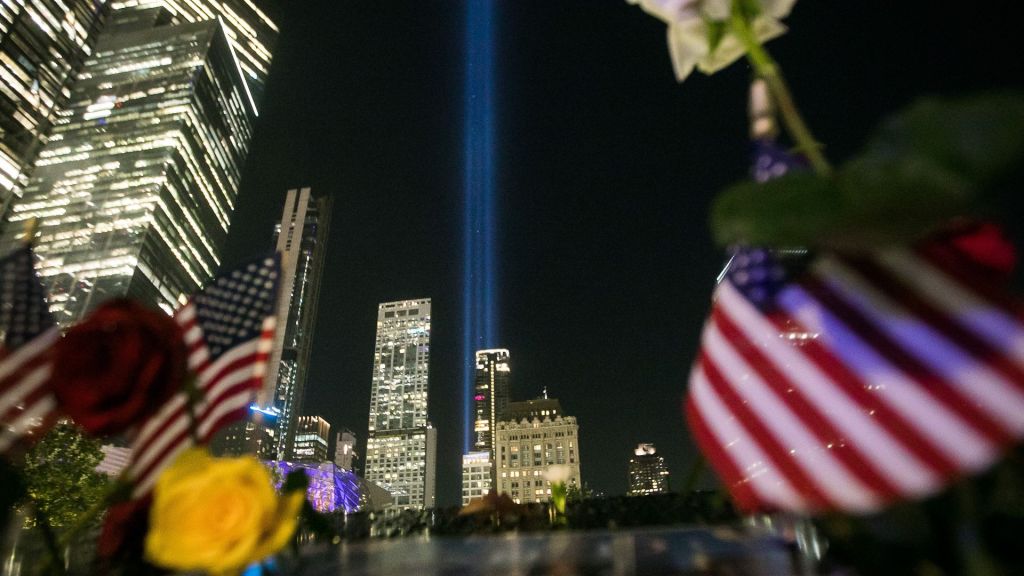
Ryan Robertson
A LITTLE MORE THAN A MONTH AGO, THE UKRAINIAN MILITARY SERVED THE KREMLIN NOTICE THEY WEREN’T AFRAID TO TAKE THE FIGHT TO RUSSIA ON RUSSIAN SOIL. THE OFFENSIVE PUSH INTO KURSK OBLAST NO DOUBT CAUGHT VLADIMIR PUTIN AND THE REST OF THE WORLD BY SURPRISE. AT THE TIME OF THIS RECORDING, RUSSIA WAS STILL LOOKING TO FIND ITS FOOTING IN MUSTERING A VIABLE DEFENSE AGAINST THE UKRAINIAN INCURSION.
WE RECENTLY HAD A CHANCE TO SIT IN ON A SESSION WITH THE CENTER FOR EUROPEAN POLICY ANALYSIS, OR CEPA, AND GET THEIR THOUGHTS ON UKRAINE’S OFFENSIVE, WHAT IT MEANS FOR RUSSIAN TROOPS ON THE GROUND AND HOW THIS PHASE OF THE WAR COULD BE A DEFINING MOMENT.
IN LATE AUGUST, UKRAINE’S AIRBORNE ASSAULT TROOPS RELEASED A VIDEO SAID TO SHOW SCENES FROM WITHIN RUSSIA’S KURSK REGION. THE FOOTAGE ALSO SHOWS RUSSIAN TROOPS APPARENTLY SURRENDERING TO THE UKRAINIANS. A SCENE ANALYST, NICO LANGE, SAYS IS PROMPTING LARGER CONVERSATIONS BY BOTH THOSE IN THE FIGHT AND WATCHING FROM AFAR.
Nico Lange, Senior Fellow, CEPA
“The longer this goes on, the more questions will be there, what to do with the local population, how to organize the continued work of the villages and cities that are now in the Ukrainian military sphere of influence, because the city administrations, by and large, ran away. The Russians plundered their own shops. This will last for a few days, but what will come after? I just want to say there are from the for the Ukrainian military. There are difficult questions to be answered.”
Ryan Robertson
FOR THE FIRST TIME, SOME OF THOSE QUESTIONS COULD BE COMING FROM RUSSIAN CITIZENS. WHILE PUTIN CAN KEEP THE NEWS OF RUSSIAN SOLDIERS DYING IN UKRAINE BY THE HUNDREDS OF THOUSANDS OUT OF RUSSIAN MEDIA, IT’S A LITTLE MORE DIFFICULT WHEN THE FIGHT IS INSIDE RUSSIA’S BORDERS.
Nico Lange, Senior Fellow, CEPA
“Ukraine seizing the initiative in the information space in general. I think that’s the biggest success of this offensive so far, it changes everything, because in German media, like in other European media, it’s about cost. Now it’s about Russia bombing its own cities. It’s about Ukraine putting pressure and creating problems for Putin.”
Ryan Robertson
SIGNS OF THAT PRESSURE CAN BE SEEN IN REPORTING BY THE INDEPENDENT INVESTIGATIVE RUSSIAN OUTLET ‘IMPORTANT STORIES’ WHICH FIRST DETAILED PUTIN’S DECISION TO SEND PATCHWORK UNITS COMPRISED, AT LEAST IN PART, WITH LOGISTICS COMPANIES, ENGINEERS, MECHANICS, AND RADAR STATION OPERATORS TO THE FIGHT IN KURSK.
Nico Lange, Senior Fellow, CEPA
“That’s the reason why they have all sorts of radar troops, conscripts, troops that belong to the Ministry of Interior, interior now in Kursk Oblast, the problem with them is that they are not faced with light Ukrainian units. This is Ukrainian brigades, mechanized, some of them heavily combat experienced. So the Russians, very often we see them surrendering because this is something they are not able to deal with, especially not conscripts.”
Ryan Robertson
IN LIGHT OF THAT FACT, RUSSIA IS SCRAMBLING TO FIND THE TROOPS NEEDED TO MAINTAIN THEIR PUSH INTO EASTERN UKRAINE WHILE MITIGATING THE UKRAINIAN INCURSION INTO THE KURK REGION. YET IN JUNE, PUTIN BOASTED OF HAVING 700,000 SOLDIERS IN THE FIGHT. SOMETHING PAVEL LUZIN NOW SAYS SEEMS LIKE WISHFUL THINKING AT BEST.
Pavel Luzin, Senior Fellow, CEPA
“Now they’re trying to find several 1000 troops to counteract Ukrainian forces in Kursk Region. What does it mean? That means that this 700,000 troops do not exist, and that means Russia faces lack of manpower.”
Ryan Robertson
AND STILL, AFTER MORE THAN 900 DAYS OF WAR, NEITHER SIDE IS SHOWING ANY SIGN OF LETTING UP OR MOVING CLOSER TO THE NEGOTIATING TABLE.
SO WHAT WILL BE THE NEXT PRESSURE POINT? IF THINGS HOLD AS THEY ARE, IT’S LIKELY WEATHER WILL BE A FACTOR. IN PARTICULAR, WINTER WEATHER.
Nico Lange, Senior Fellow, CEPA
“I think it’s very likely that a large Russian contingent will be outside of Pokrovsk and outside of Toros Toretsk on the open field, while the Ukrainians, they might the cities might be in ruins and inhabitants evacuated, but they will be in the city. And that makes in winter, that makes a decisive difference if you have to be out there, or if you are in a place that is urban. So Russia will have the harder time on the battlefield,”
Ryan Robertson
BUT THAT IS MONTHS AWAY, AND THINGS WILL UNDOUBTEDLY SHIFT ON A REGULAR BASIS. FOR EXAMPLE, IN LATE AUGUST, THE INSTITUTE FOR THE STUDY OF WAR RELEASED A MAP SHOWING RUSSIA HAD BEGUN TO RECLAIM SOME OF WHAT WAS LOST IN KURSK. WHETHER THEY CAN CONTINUE TO HOLD IT IS THE MOST RECENT QUESTION IN A WAR FILLED WITH VERY FEW ANSWERS.











